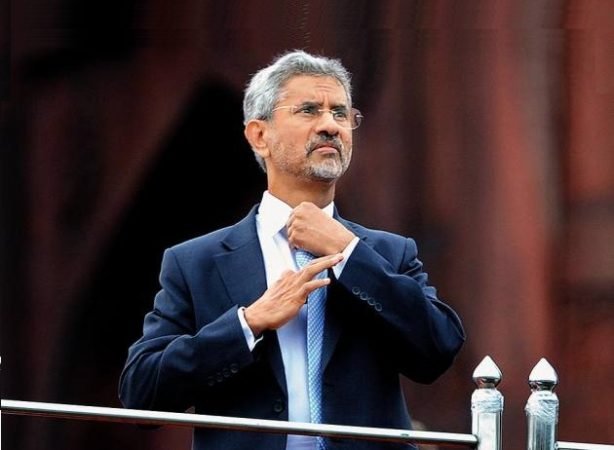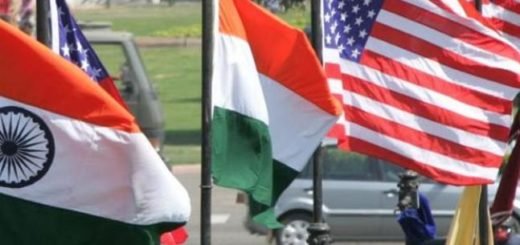Six Phases of India’s Foreign Policy

Indian External Affairs Minister Dr S. Jaishankar, while delivering the lecture at 4th Ramnath Goenka Memorial, explained the evolution of Indian Foreign Policy in six phases. India indeed has seen enormous changes over 7 decades and continue to witness its evolution in this growing multipolar world. From Jawaharlal Nehru to Narendra Modi, New Delhi has observed different shifts in policies as well as policymaking.
External Affairs Minister also referred to the current phase of Foreign Policy as an early phase of major transition, he said, “The contours of even the near future are not yet clear.” He further suggested to anchor it on the Indian aspirations as a solution and to speak of our goal of emerging as a leading power.
Here are the Six Phases addressed by the Minister:
I. The era of Optimistic Non-alignment (1946-1962)
EAM Jaishankar said, 1946-62 was an era of optimistic non-alignment, whose setting was very much in the bipolar world, led by the US and USSE. At that time India’s objectives were to resist the constraining of choices and dilution of its sovereignty as it rebuilt its economy and consolidated its integrity.
Minister added, “Its parallel goals as first of the decolonised nations was to lead Asia and Africa in a quest for a more equitable nation.
II. The Decade of Realism and Recovery (1962-1971)
During this decade India made pragmatic choices on security and political challenges despite a paucity of resources. EAM said, “India looked beyond non-alignment in the interest of national security, concluding a now largely forgotten defence arrangement with the United States in 1964.” He added, ” External pressure on Kashmir mounted in this period of vulnerability.”
III. The phase of Regional Assertion (1971-1991)
In the third phase, India has major ‘regional assertion’ and it started with the creation of Bangladesh and ended with Indian peacekeeping force ‘misadventure’ in Sri Lanka. Minister said, “it was a particularly complex phase as the US-China-Pakistan axis which came into being at this time seriously threatened India’s prospects.”
The collapse of USSR, its close ally, and the not unconnected economic crisis in 1991 compelled us to look again at the first principles of both domestic and foreign policy, EAM said.
IV. Quest for Strategic Autonomy (1991-1998)
The dissolution of USSR in 1991 led to the emergence of the unipolar world led by the United States, Dr Jaishankar said, “adding that these events led to the beginning of the fourth phase of Indian foreign policy.”
“It encourages a radical rethink in India on a broad range of issues and it shifted focus safeguarding strategic autonomy,” Minister said.
The minister said it was also a period Indian reached out to the US more intensively.
V. Balancing Power (1998-2014)
EAM said after 1998 Indian entered the fifth phase of foreign policy and acquired attributes to balancing power. “It is reflected in India-US nuclear deal as well as better understanding with the West at large,” he said.
During this phase, India was successful in making common cause with China on trade and climate change, along with this that it was able to consolidate further ties with Russia, Jaishnakar said.
VI. Energic Diplomacy (2014-Present)
However, this phase also came to an end in 2014 and initiated the sixth phase. “To begin with China gathered more momentum,” he said.
“During this period India has chosen to turn to very energetic diplomacy. It did so by recognising that we are entering the world of convergences and issue-based arrangements,” Minister said.



















